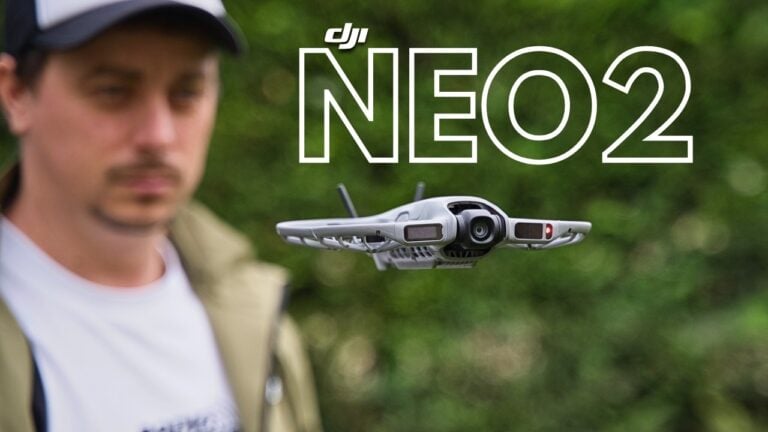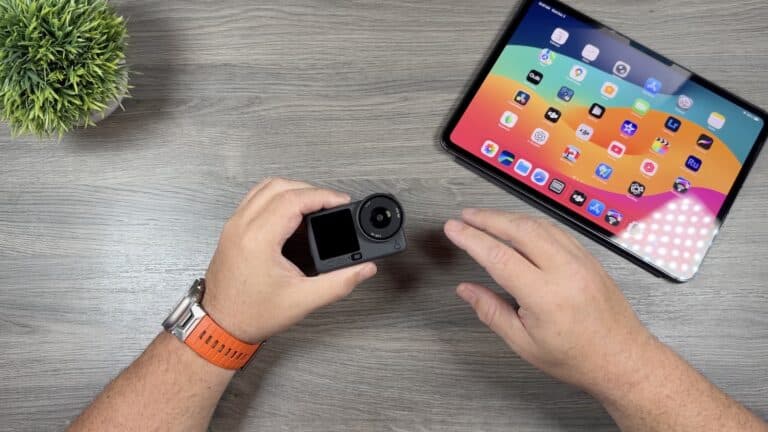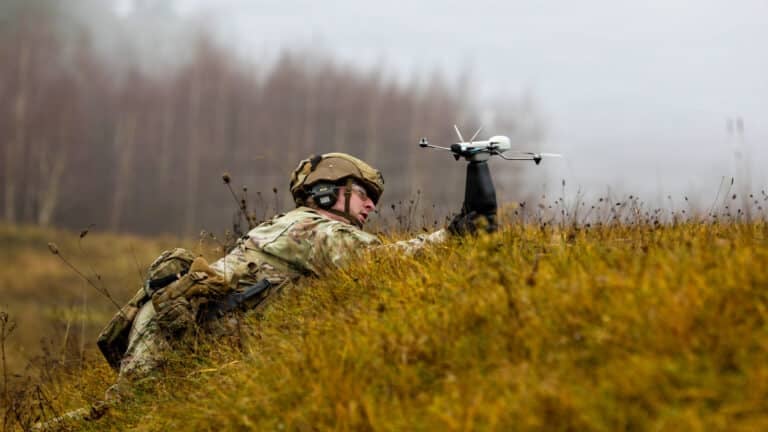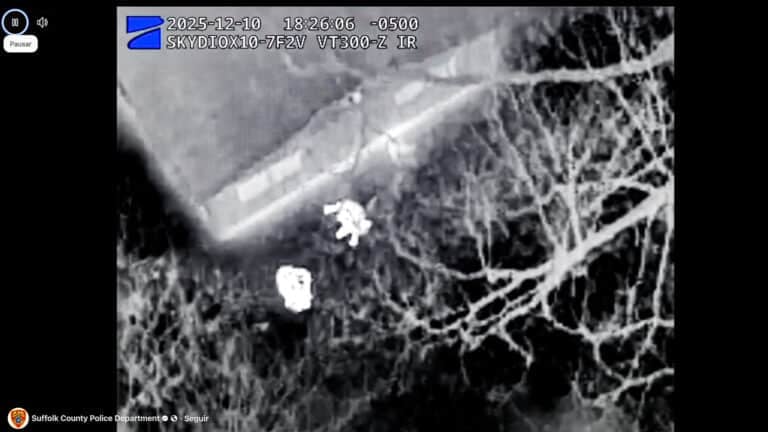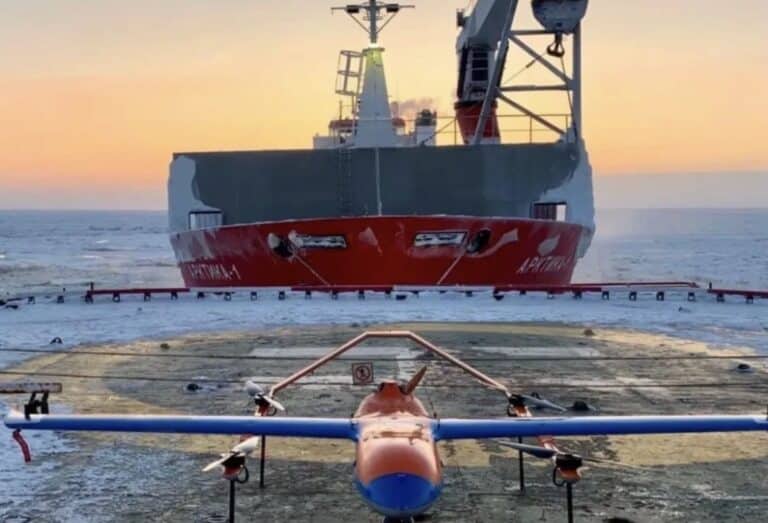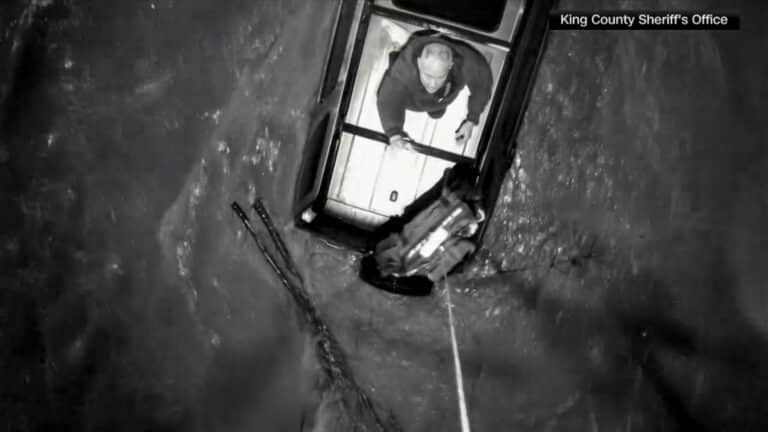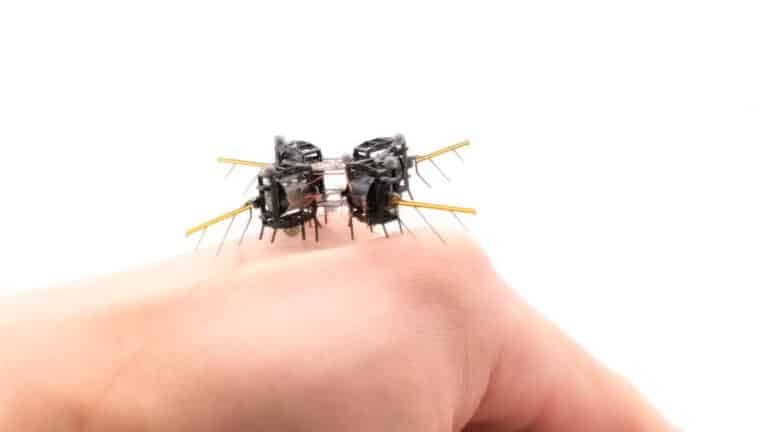Raleigh’s Drone Park Rules Expose Nationwide Federal Authority Confusion
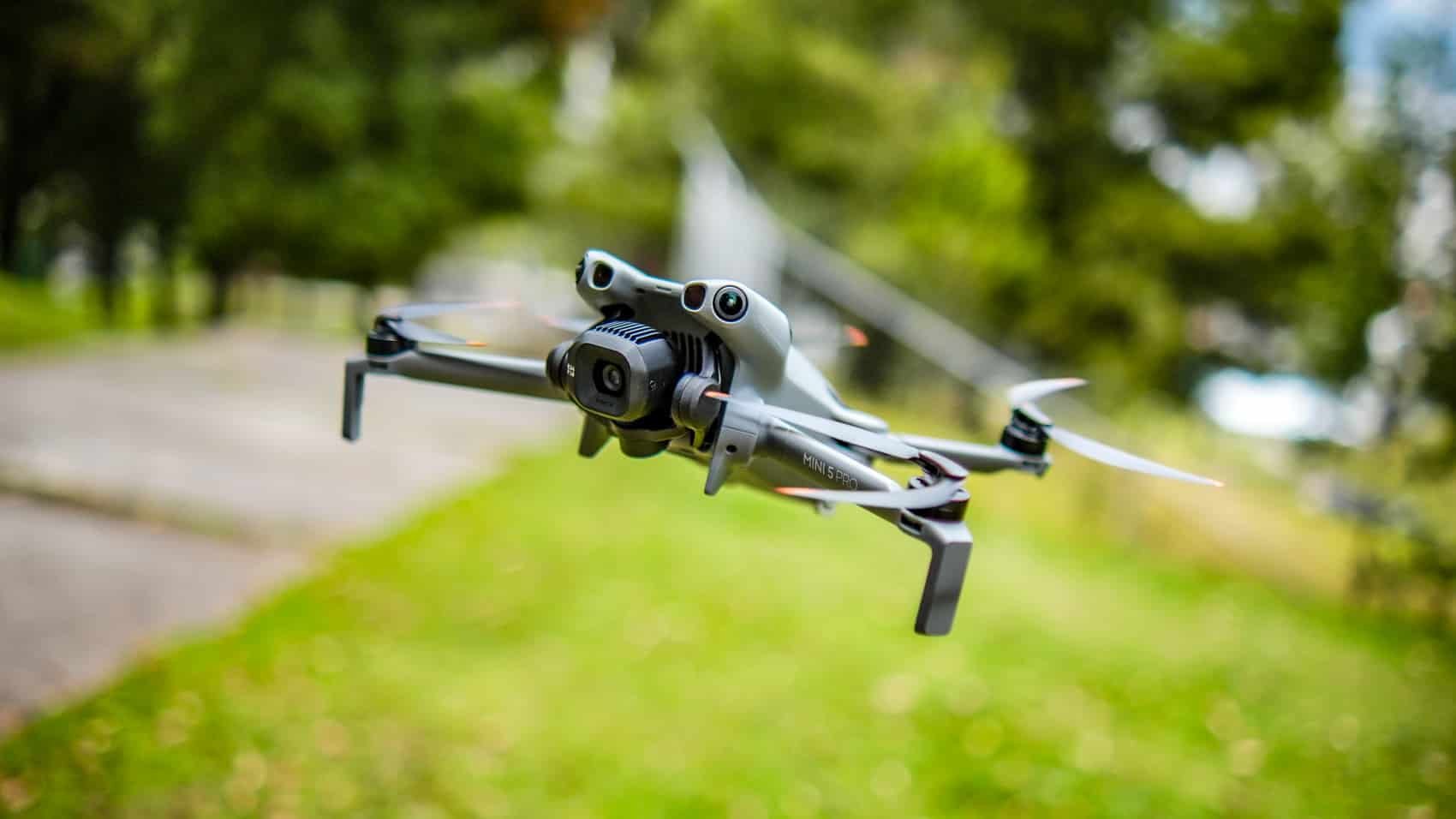
Amazon Drone Deals: DJI Mini 5 Pro Fly More Combo with DJI RC2 now for $1,099!
Raleigh, North Carolina’s newly published drone park guidelines showcase a problem plaguing municipalities across America: cities can’t seem to figure out where their authority ends and federal airspace control begins. The confusion isn’t just an academic legal debate—it directly impacts every recreational and commercial drone pilot trying to understand which rules actually apply to their flights.
The City of Raleigh Parks, Recreation, and Cultural Resources department published comprehensive guidelines for drone operations in city parks, listing approved locations, operational hours, and various restrictions. While focused on public safety and responsible use, the document restates federal FAA flight rules as if they were municipal requirements—a jurisdictional overreach that creates operational confusion for pilots who may not understand which authority actually governs their flights.
What Cities Can Actually Control
Raleigh has legitimate authority over specific aspects of drone operations within its parks. The city can legally regulate takeoff and landing locations on city-owned property, operating hours for drone activities, and designated launch sites for heavier drones. The guidelines require drones over 400 grams (14 ounces) to use specific locations while allowing lighter aircraft to operate more freely.
Land-use restrictions prohibiting launches from nature preserves, cemeteries, lakes, and wetland centers fall squarely within municipal authority. These restrictions don’t conflict with federal aviation law because they regulate ground-based activities on city property, not airspace operations.
Raleigh’s approach of designating specific parks for operations based on aircraft weight represents reasonable land-use framework—exactly what municipalities have authority to implement.
The Federal Preemption Problem
The guidelines become legally problematic when restating federal aviation requirements as local rules. The document lists operational requirements including registering aircraft, flying within visual line-of-sight, following community-based safety guidelines, keeping drones under 55 lbs unless certified, avoiding other aircraft, and steering clear of emergency response efforts.
These are existing FAA regulations applying everywhere in the United States. They aren’t Raleigh-specific rules, and the city has no authority to enforce them. Only the Federal Aviation Administration can regulate flight operations and airspace use.
The Federal Aviation Act of 1958 and subsequent regulations established that the FAA has sole authority over U.S. airspace from the ground up. State and local governments cannot create airspace restrictions, altitude limits, or flight operation rules—even with legitimate safety concerns.
Why Jurisdiction Matters
This creates operational confusion for pilots who may not understand which authority governs different flight aspects. When reading requirements to fly within visual line-of-sight in a Raleigh park, pilots might incorrectly believe this is a city requirement applying only in that location, when it’s actually a federal rule applying nationwide.
The confusion becomes serious regarding enforcement. If a Raleigh park ranger cited a drone operator for violating flight operation rules rather than legitimate takeoff/landing restrictions, that citation would face serious legal challenges based on federal preemption doctrine.
The correct legal framework is straightforward: municipalities control where drones take off and land on property they own or manage, but cannot regulate what happens once aircraft are airborne. That authority belongs exclusively to the FAA.
Nationwide Pattern of Overreach
Raleigh is far from alone in this approach. DroneXL has extensively documented similar federal preemption issues across the country.
Montgomery County, New York passed a law banning drones from flying over county buildings after an aircraft was spotted near the county jail. The ordinance directly regulates flight paths—an area squarely under FAA jurisdiction—making it legally vulnerable despite legitimate safety concerns.
Connecticut passed what DroneXL called one of the most problematic state drone laws, creating a 250-foot restriction over harbors. Any state attempt to regulate drone flight altitude faces federal preemption, as the national airspace system is governed solely by the FAA.
Wisconsin lawmakers recently proposed legislation authorizing police to shoot down drones deemed threats to public safety. This directly conflicts with federal law classifying drones as aircraft, making interference illegal and subject to FAA penalties.
Michigan provides a positive counter-example. The state’s Court of Appeals ruled decisively that local governments cannot make or enforce their own drone laws due to state preemption legislation, establishing clear statewide standards aligned with FAA authority.
FAA Clarification Efforts
The FAA has worked to clarify these jurisdictional boundaries, particularly through its updated fact sheet on state and local drone regulation. DroneXL reported in 2023 that the updated version took a more definitive stance on federal authority compared to earlier guidance.
The fact sheet explicitly states that navigable airspace extends right down to the ground and details which state and local laws face preemption—specifically those impacting flight operations, airspace efficiency, or aviation safety. The FAA acknowledges that local authorities can regulate land use, privacy issues through existing tort law, and specific criminal activities, but these must not directly regulate aircraft operations.
State Parks Show Better Approach
Oregon demonstrates how state agencies can approach drone regulation more thoughtfully. After public backlash derailed their first attempt at park drone rules in 2022, the Oregon Parks and Recreation Department spent three years gathering stakeholder input. Their current proposal focuses exclusively on takeoff and landing restrictions within state park boundaries—exactly what they have authority to regulate.
The Oregon approach recognizes that while the FAA controls all U.S. airspace, states and municipalities have clear authority to regulate where drones can take off and land on property they manage. Their rules don’t restrict where pilots can fly, only where they can launch and recover aircraft within state park boundaries.
National Parks Maintain Strict Drone Bans
Federal lands operate under different rules entirely. National parks have maintained a comprehensive drone ban since 2014, prohibiting not just takeoff and landing but also flight operations over park lands—even if launched from outside boundaries.
The National Park Service uses its authority over conduct within parks to ban drone operations that create noise disturbances or hazardous conditions, even when aircraft operate in FAA-controlled airspace. This has led to ongoing enforcement challenges, documented in recent coverage of illegal flights in Yosemite during government shutdowns.
DroneXL’s Take
Raleigh’s drone park guidelines represent a well-intentioned but legally problematic approach that’s become standard across American municipalities. By mixing federal flight requirements with legitimate local land-use restrictions, these documents create regulatory confusion serving neither public safety nor legal clarity.
The solution is straightforward: municipalities should clearly distinguish between their legitimate land-use authority and federal aviation requirements. A simple disclaimer noting “The following are federal FAA requirements that apply nationwide, not city-specific rules” would eliminate confusion without compromising safety messaging.
For pilots operating in Raleigh parks, respect the city’s authority over where you can take off and land, which parks allow operations, operating hours and weight-based location requirements, and restrictions in sensitive areas. Understand that flight operations are governed by FAA regulations exclusively—Part 107 rules for commercial operations, recreational drone rules under 49 U.S.C. § 44809, and FAA airspace authorizations near airports.
Any citations for violating “city rules” about visual line-of-sight, altitude limits, or proximity to aircraft would face serious legal challenges based on established federal preemption doctrine. These aren’t Raleigh’s rules to enforce—they’re federal aviation regulations applying everywhere in the country.
Until local governments learn to stay in their lane—literally regulating the ground, not the sky—drone pilots will continue navigating a confusing patchwork where lines of authority remain frustratingly unclear. The FAA controls the airspace. Cities control their land. Regulations should reflect that basic legal reality.
What’s your experience with local drone regulations in your area? Have you encountered similar confusion about which rules actually apply? Share your thoughts in the comments below.
Discover more from DroneXL.co
Subscribe to get the latest posts sent to your email.
Check out our Classic Line of T-Shirts, Polos, Hoodies and more in our new store today!

MAKE YOUR VOICE HEARD
Proposed legislation threatens your ability to use drones for fun, work, and safety. The Drone Advocacy Alliance is fighting to ensure your voice is heard in these critical policy discussions.Join us and tell your elected officials to protect your right to fly.
Get your Part 107 Certificate
Pass the Part 107 test and take to the skies with the Pilot Institute. We have helped thousands of people become airplane and commercial drone pilots. Our courses are designed by industry experts to help you pass FAA tests and achieve your dreams.

Copyright © DroneXL.co 2025. All rights reserved. The content, images, and intellectual property on this website are protected by copyright law. Reproduction or distribution of any material without prior written permission from DroneXL.co is strictly prohibited. For permissions and inquiries, please contact us first. DroneXL.co is a proud partner of the Drone Advocacy Alliance. Be sure to check out DroneXL's sister site, EVXL.co, for all the latest news on electric vehicles.
FTC: DroneXL.co is an Amazon Associate and uses affiliate links that can generate income from qualifying purchases. We do not sell, share, rent out, or spam your email.





